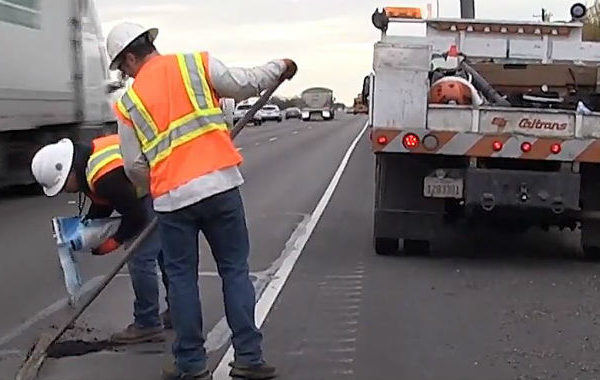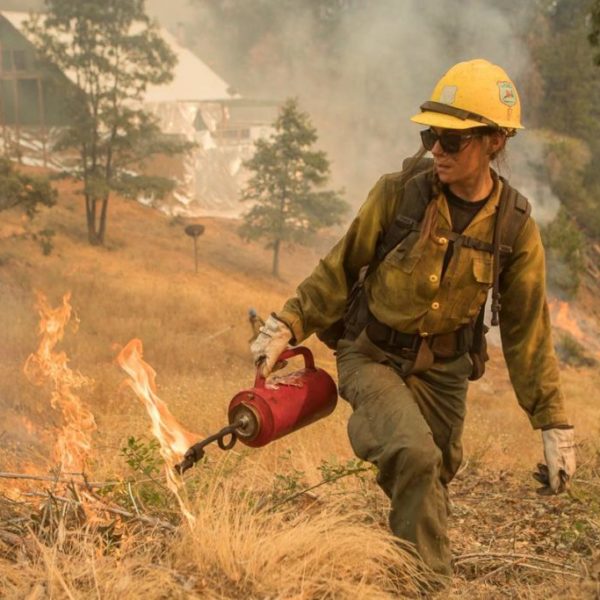The podcast of the University of Colorado Consortium for Climate Change and Health
Episode 6: Climate Change and Worker Health
Jake sits down with Dr. Lee Newman to discuss how climate change threatens workers, an often overlooked vulnerable population.
Biography:
Dr. Lee Newman’s career has followed a rather unconventional course: he earned his MA in social psychology from Cornell University, his MD from Vanderbilt University School of Medicine, and completed his residency and fellowship training at Emory and the University of Colorado, respectively. In addition to many years of practice as a lung doctor, researcher, and clinical educator, Dr. Newman has made substantial contributions to the field of occupational medicine. Dr. Newman is the founding director of the Center for Health, Work and Environment at the Colorado School of Public Health, the Mountain and Plains Education and Research Center, and the founding CEO and president of Axion Health, which supports employee health and safety programs. Currently, he is a professor in the Departments of Environmental and Occupational Health and Epidemiology at the Colorado School of Public Health, a professor of medicine at the CU School of Medicine, and a member of the CU Consortium for Climate Change and Health.

Episode Highlights:
How does climate change affect worker health?
“It’s a big deal.“
As Dr. Newman goes on to explain, we spend nearly 1/3 of our lives at work–that is a lot of time in the workplace. Since many workers operate in environments with potential health hazards (“exposures”), workers are at higher risk for health effects from these exposures compared to the general population. Add climate change to the mix, and many of these exposures have the potential to become a lot more harmful. Check out the scope of the problem in the figure below:
This rather dense but informative illustration is adapted from a paper by Schulte and Chun (2009), which is linked to the image and in the shownotes below.
Next, Dr. Newman goes on to explain what types of workers are at risk of harm from climate change in Colorado. Scroll through a few of his examples below:
Dr. Newman then details how climate change can reduce worker productivity. Some of his research involves agricultural workers in Central America, and Dr. Newman’s team has reported reduced productivity as temperature rises. Take a look:
Of note: WBGT stands for “wet-bulb globe temperature”. It is basically a measure of the experienced temperature, and therefore takes into account air temperature, humidity, windspeed, and solar radiation. You can read more about it here. Also in the aforementioned study, worker’s with pre-existing kidney diseases were more susceptible to this high heat, and were less productive and more likely to leave the workforce before the end of the harvest season. We’ll talk more about climate change and kidney disease in our next episode…
On the left is a figure adapted from a paper by Dr. Newman’s team studying sugar cane cutters in Guatemala (it’s linked to the image and in the shownotes). Dr. Newman and his colleagues in the Center for Health, Work and Environment have subsequently used their results to inform interventions that protect these cane cutters from work-related illness.
The bottom line: Climate change is expected to usher in higher temperatures across the world. In already hot regions, this could lead to significant reductions in productivity, to the point at which agricultural workers may not be able to produce enough food to feed the world’s populations.
Moving forward, how can we protect workers? Luckily, we have the right guidelines in place already. We just have to do a better job abiding by them as climate change progresses and increases the risk of harm in the workplace.
The National Institute of Occupational Safety and Health (NIOSH) provides a nice framework to think about these guidelines, which is displayed below. To learn more, click on the image or this link here.
As an example of an “administrative control”, consider the Occupational Safety and Health Administration’s “Water. Rest. Shade.” guidelines. Employers should follow these to protect workers from extreme heat and overexertion. To do so, employers have to change the way in which workers work: depending on the temperature, employers should allow workers a certain amount of time to rehydrate and rest in the shade, as outlined in this flyer here.
And to close, a fleeting introduction to the “jargon cowbell”, which you heard for the first time (but probably not the last time) in this episode. Thanks Dr. Newman.

Shownotes
background readings and resources for the interested listener:














